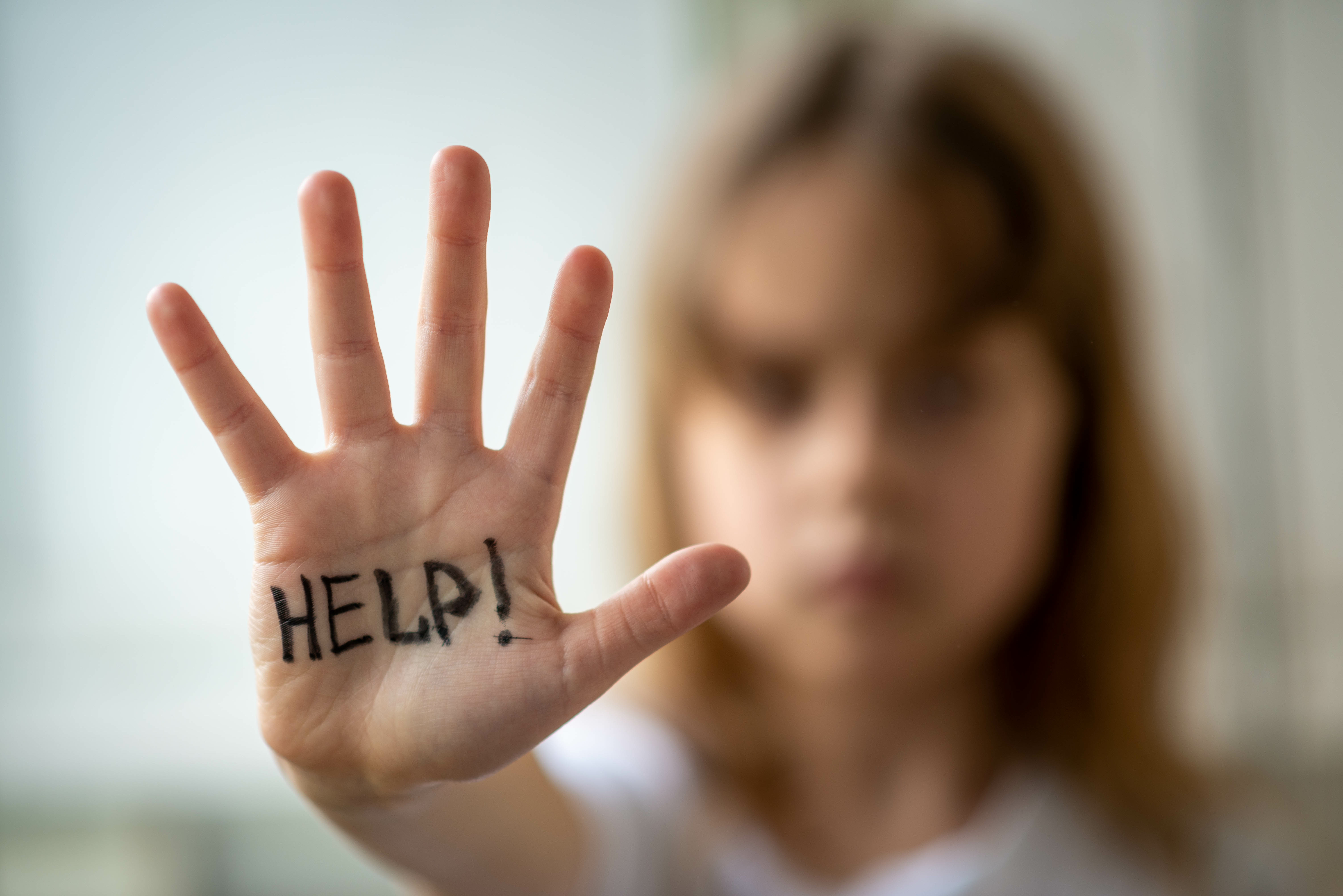Adolescent and Child Problems
Child problems span a range of concerns, from the relatively benign to the more serious.
What child or adolescent problems worry you? How serious do you think they are? Do you wonder if these concerns are symptomatic of a serious psychological issue, or whether your concerns are relatively benign and not something to worry about? Perhaps these concerns represent a normal developmental stage that the child will out grow.

What Child Problems Worry You?
The check list below - Warning Signs of Child and Adolescent Problems - can help you evaluate how serious a child behavior or adolescent problem might be. Many
of these behaviors are serious even if they occur in isolation,
especially if you rate a single one as a high level of concern. On the
other hand concerns that you rated as low and infrequent may be of
limited concern.
Use this checklist to help you assess the severity of the adolescent or child problems that worry you. If the level and/or frequency of your ratings across the behavioral concerns - even if it applies to single one - is high professional support is recommended to help you address this concern. This checklist includes behaviors that can signal emotional,
behavioral, social and learning concerns in children and adolescents.
Begin by reviewing the behaviors outlined on this check-list. Record the behavior or behaviors that characterize the child or adolescent, starting with first the behavioral concern, and ending with the last one. Review each recorded behavior, and rate it from 1 to 10, with a rating of 1 being the lowest level of concern, and a rating of 10 being the highest level of concern.
The higher you rate the behaviors that concern you on a scale of 1 to 10, with 10 being the highest, the greater the severity of your concerns and the more problematic they are likely to be. Similarly, the more behaviors you add to your list and the more you rate at the higher end of the range, the more problematic your concerns are likely to be, and the more likely it is that the child or adolescent will benefit from professional support to address these concerns.
Warning Signs of Adolescent and Child Problems
Warning Signs in Young Children
- Changes in sleep and eating patterns.
- Persistent nightmares and/or sleep disturbances.
- Anxious behaviors such as excessive worry, nailing biting and nervous habits, refusal to go to school or go to bed alone.
- Aggressive, hurtful and bullying behaviors toward siblings and peers.
- Loss of interest in previously enjoyable activities.
- Negative complaints and perceptions about treatment by others.
- Frequent self-deprecatory remarks (e.g. "I'm stupid." or "Nobody likes me.")
- Excessive fear of new situations or people.
- Frequent temper tantrums.
- Hyperactivity and difficulties sitting still, concentrating and paying attention.
- Persistent disobedience and refusal to comply with reasonable adult requests.
Warning Signs in Preteen and Adolescent Children
- Heavy drinking and/or alcohol or substance abuse.
- Impulsive and easily frustrated.
- Has difficulty coping with problems and daily activities.
- Defiant and refuses to comply with reasonable adult requests.
- Truancy, theft and/or vandalism
- Bullies and abuses (verbally or physically) others.
- Changes in sleep and/or eating habits.
- Extreme mood swings and/or outbursts of anger.
- Deceitful, lies and can't be trusted.
- Isolated and/or picked on by peers.
- Lack of motivation and poor academic performance.
The number of items you check and their level of frequency may also help you decide whether a Psychological Assessment or School Neuropsychological Evaluation can help. Depending on how many items you check and how frequently they occur, these behaviors may signal behavioral or emotional concerns that require further attention and support.
Remember-Understanding the Problem is the Key to Solving It !

Dr. O'Connor's Psychological Assessments integrate a School Neuropsychological perspective and provide a comprehensive understanding of the adolescent and/or child problems that worry you and help get "to the root of the problem". The school neuropsychological assessment becomes part of the solution. It provides a detailed, comprehensive understanding of the problem, including any diagnoses that apply, while providing the foundation required to support evidence based interventions to address it.
Find out more about how a School Neuropsychological Evaluation can help when you are worried about adolescent and child problems. A psychological assessment, for example, could help determine the severity of the child problems that worry you, provide a diagnosis where appropriate and lead to evidence based interventions to support the young person, and help ameliorate the adolescent or child problems he or she shows.
The psychological assessment can help determine if the adolescent or child problems that worry you signal the possibility of a mental health concern such as an anxiety disorder, a depressive disorder and/or an attention deficit hyperactivity disorder. Or a learning problem a learning problem, such as a specific learning disability, a reading disability or a math disorder? Or are they associated with a concussion or mild traumatic brain injury or trauma based concerns such as an acute traumatic event, for example, a motor vehicle accident or chronic ongoing trauma such as adverse childhood experiences.
Learn more about child and adolescent problems.